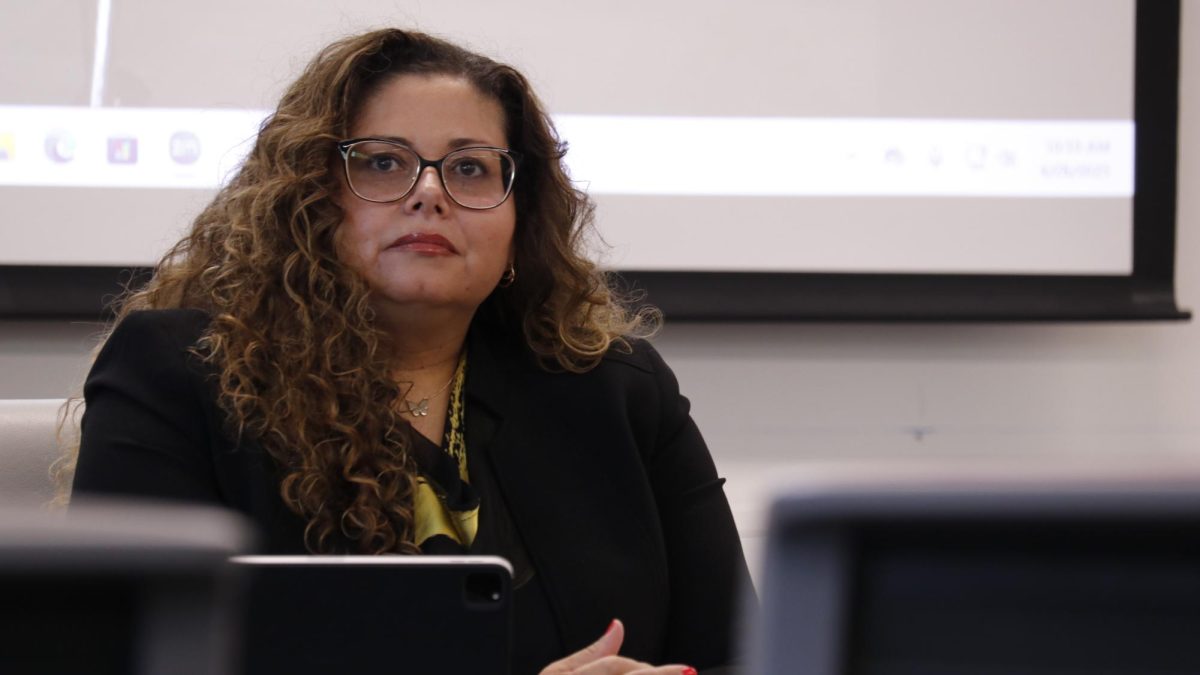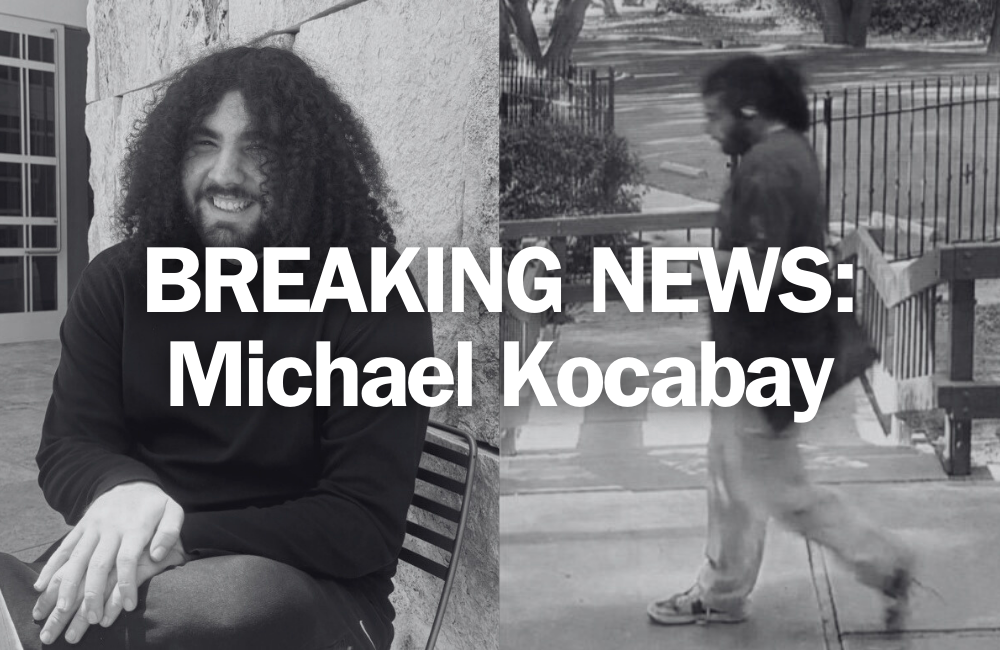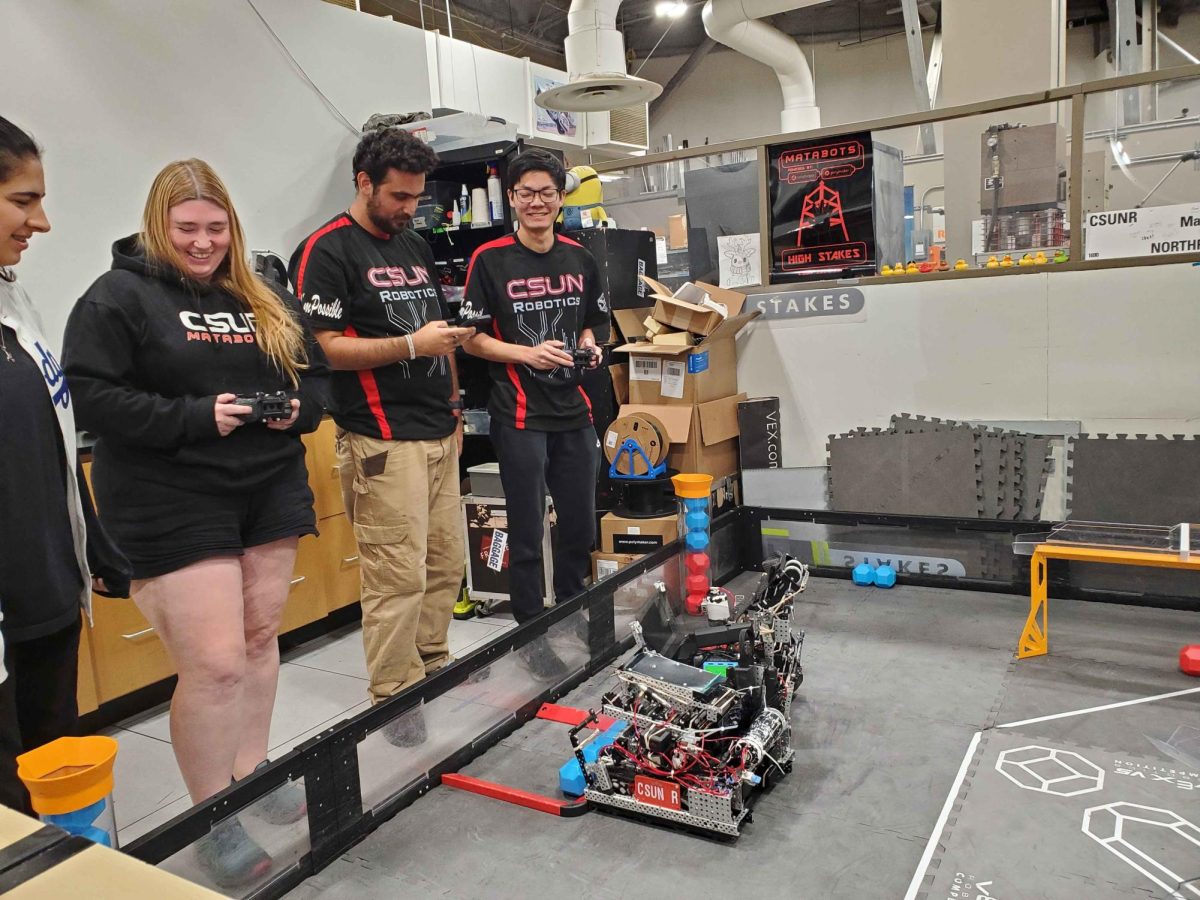
A dual access tracking solar system is the latest generation of solar energy panels in the CSUN campus.
The third generation of solar panels is in the construction process in parking lot E6, said Bill Sullivan, energy manager for CSUN’s Physical Plant Management (PPM).
“It’s being installed as we speak and its dual access tracking solar system,” Sullivan said.
He added the project cost $1.97 million to install and it is currently at 30 percent efficiency, although the goal is 40 percent.
“Solar panels function by taking advantage of the photovoltaic effect, where photons from incident solar radiation create an electric current in specially designed materials, arranged as panels and oriented (and sometimes mechanically rotated to follow the sun during the day) so as to receive the greatest amount of solar radiation,” said Tim Slivka, a geography department graduate student through an e-mail interview.
“The purpose of solar panel installations is to reduce reliance on fossil fuels and thereby decrease the carbon footprint of our campus,” said Hamid Johari, mechanical engineering department chair via e-mail.
The first two solar panels are located over student parking lots E6 and B2 and the third one is being build near the intersection of Lassen Street and Lindley Avenue.
Solar panels produce energy that goes to other locations in the university.
“The solar panels are connected to the grid supporting the campus and the produced electricity is distributed throughout,” Johari said.
Johari added there is no specific location in the university where the energy goes.
Solar systems around campus have been known to not only save energy but save the university some money as well.
The first solar panel project, which Sullivan said was installed in February of 2003, cost $1.9 million while the second solar panel project, which was installed in April of 2005, cost $3.5 million.
The university has received financial help in paying for these energy projects from power companies, Sullivan said.
The solar projects have been supported by the California Public Utilities Commission (CPUC) through the California Solar Initiative. The CPUC includes companies such as the Southern California Gas Company and the Los Angeles Department of Water and Power, Johari said.
On the first solar panel project, the university received $1.5 million to help pay the costs of installation, Sullivan said. On the second one, the university received $2.1 million.
These amounts were subtracted from the original costs and the university payed the remaining amount.
“Our out of pocket expenses weren’t too bad,” he said.
Sullivan said the amount of money saved makes the solar panels worth the money spent.
“Once they (solar panels) are paid for, its free energy,” he said.
Johari added, “since solar radiation is a renewable, clean source of energy, solar panels provide a clean, renewable energy source.”
Slivka is currently working with Dr. Helen Cox, director for CSUN’s Institute for Sustainability and associate professor for the geography department on a project that studies the best places for future solar panel placements.
“CSUN will be the test site for an online tool, using GIS technology at its core, to allow users to see the solar radiation profile for their area of interest,” he said. “Using this knowledge, they can then determine the best locations for their solar panels.”
Slivka has created a project called “CSUN Campus Insolation: Where and Where Not to Put Solar Panels,” which could be obtained through CSUN’s Institute for Sustainability website. It is a poster that shows illustrations of the CSUN campus in various ways and its introduction reads, in part, “We can decrease the carbon footprint of the CSUN campus by installing solar voltaic and solar thermal panels. But where to put them?”
“Carbon footprint and everyone has one, is the amount of carbon waste that is released into the environment due to the burning of fossil fuels for energy generation,” Slivka said.
“To the extent that solar energy, or any non-carbon emitting energy source, can replace energy from fossil fuels, the carbon footprint will be reduced.”
Slivka added solar panels are related to the carbon footprint in the way that “solar panels are put in place on campus, the carbon footprint of CSUN as a whole will be reduced.”
Sullivan said the first solar panel project was paid off last year but the other two are still pending. The second one is expected to be paid by 2018 because it was a 13-year paid back, while the latest one is still unclear.
Slivka said his study “is in the preliminary stages but the technology now exists to make detailed assessments of the potential for solar energy capture.”
Sullivan said a demonstration of the new solar panel project is on display on the intersection of Lindley Avenue and Plummer Street.
“It’s a small version of what is going on,” he said.
Johari said the third set of solar panels “should be done in a few months.”




